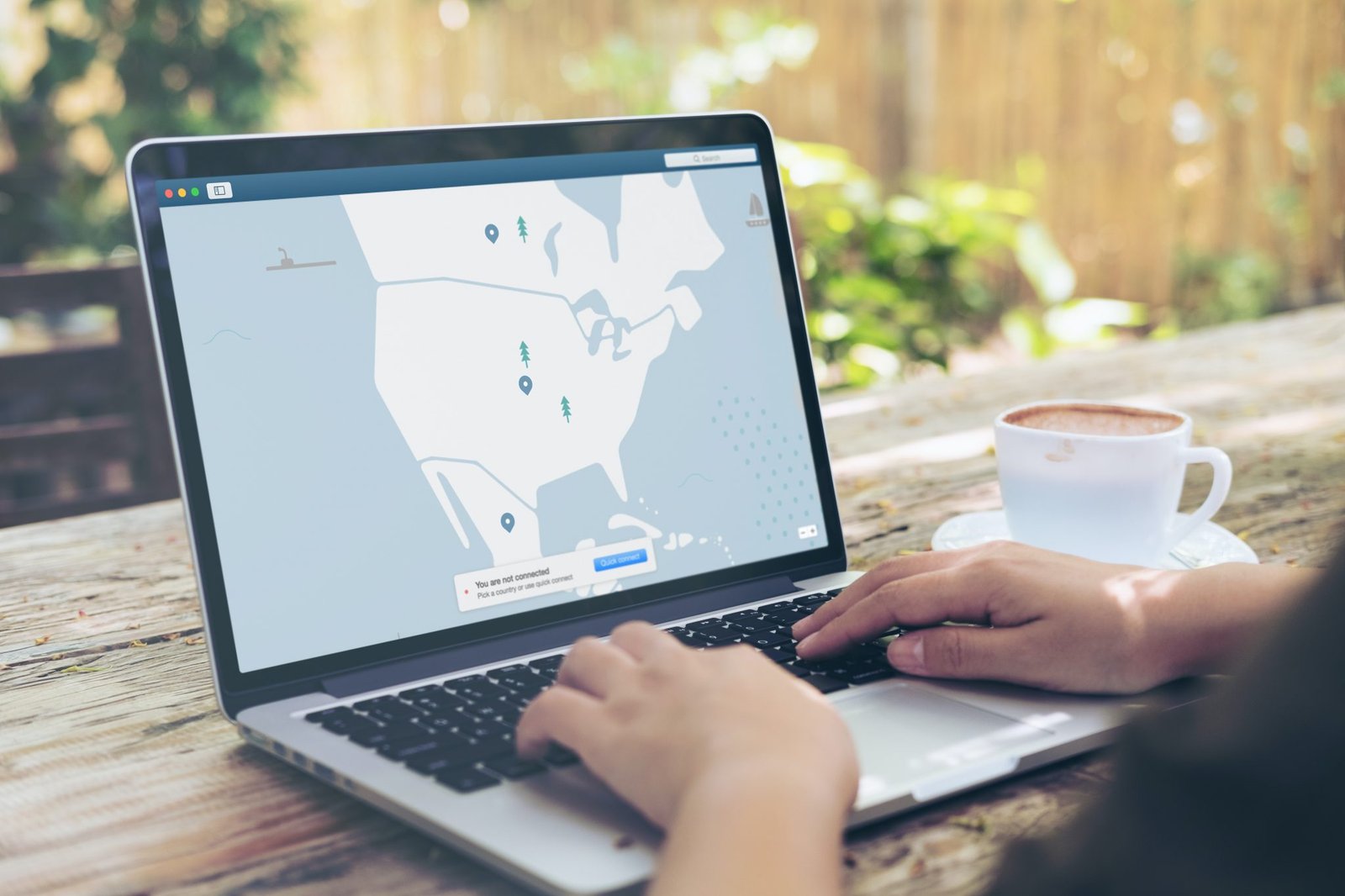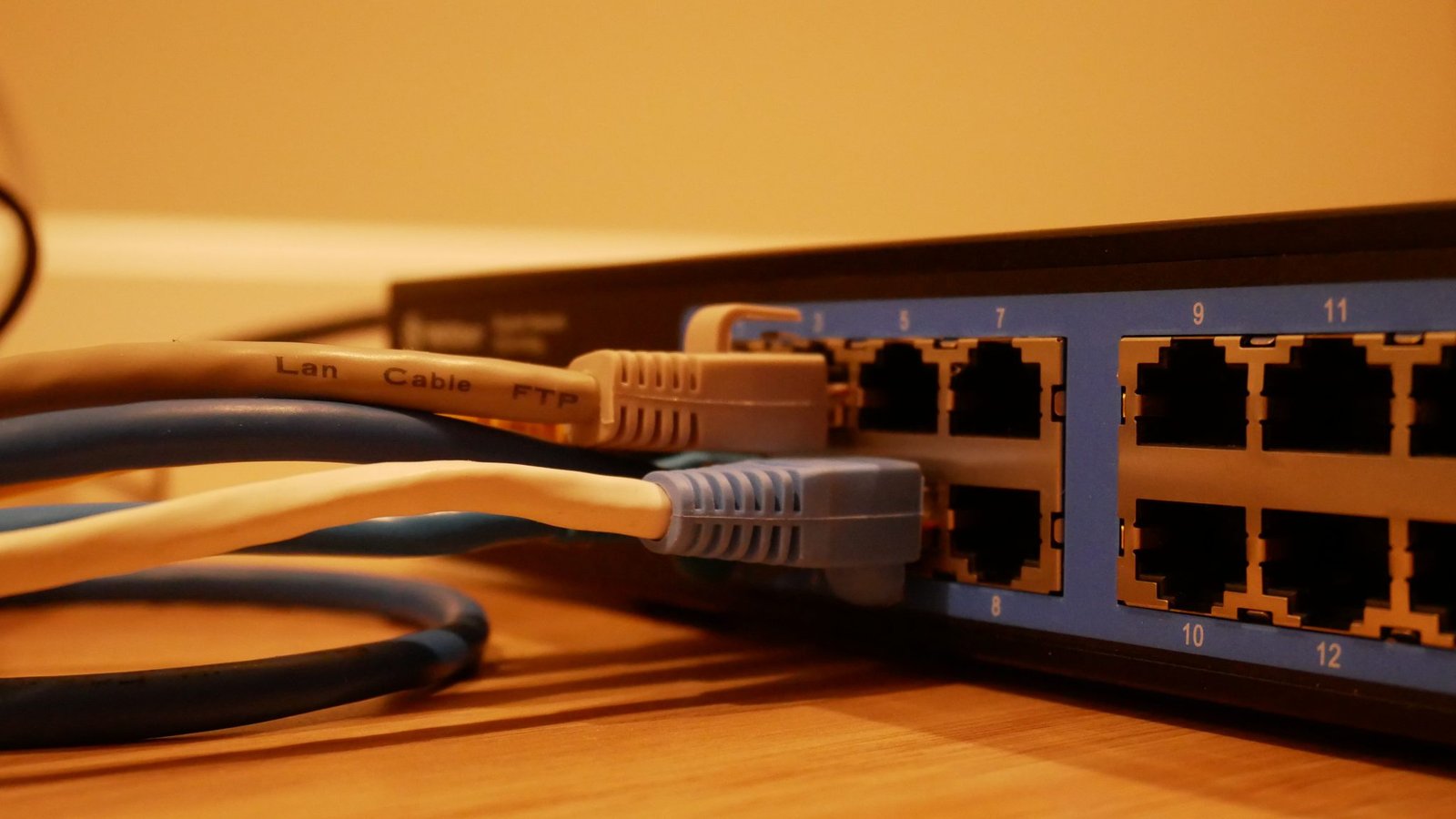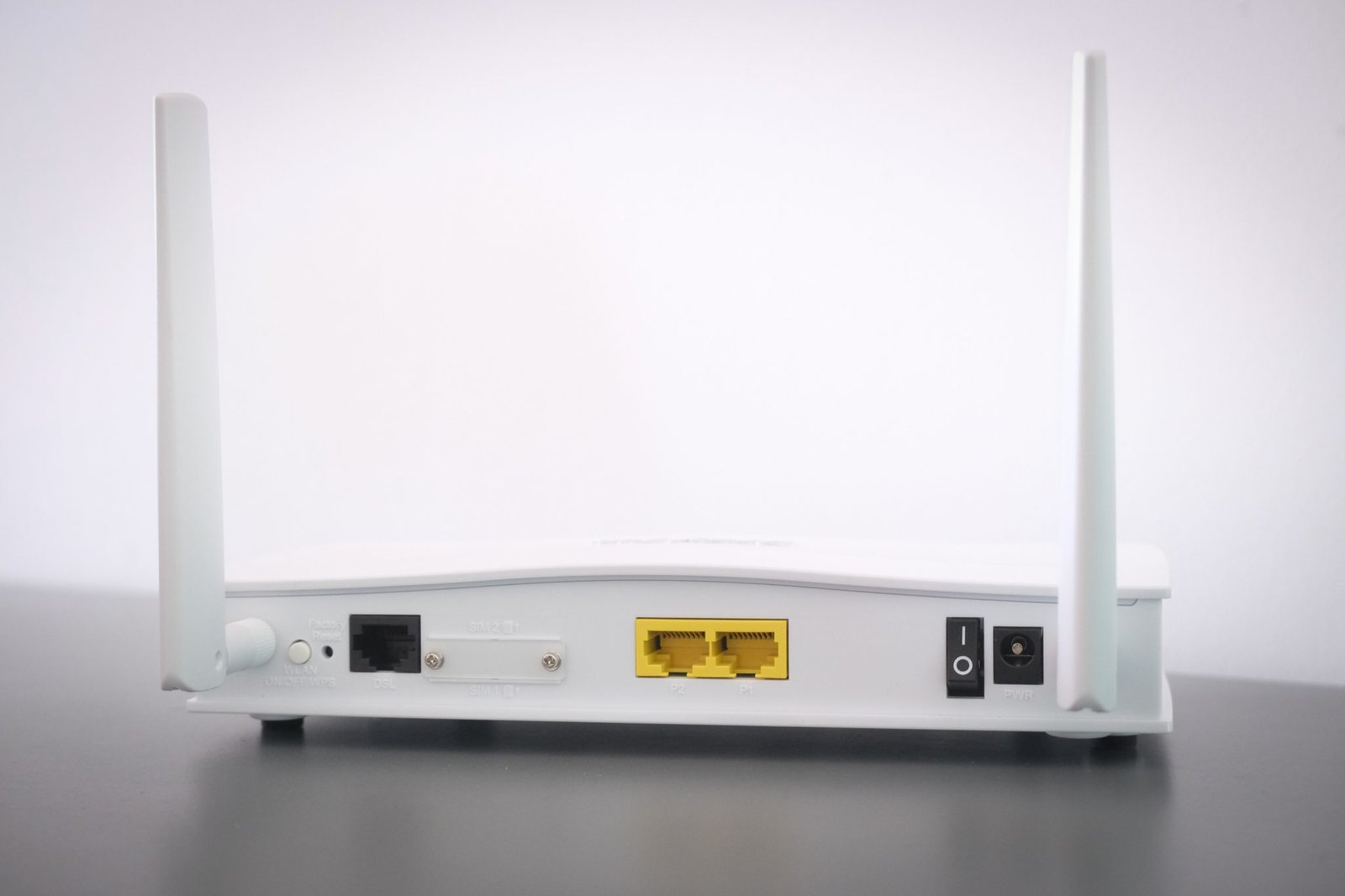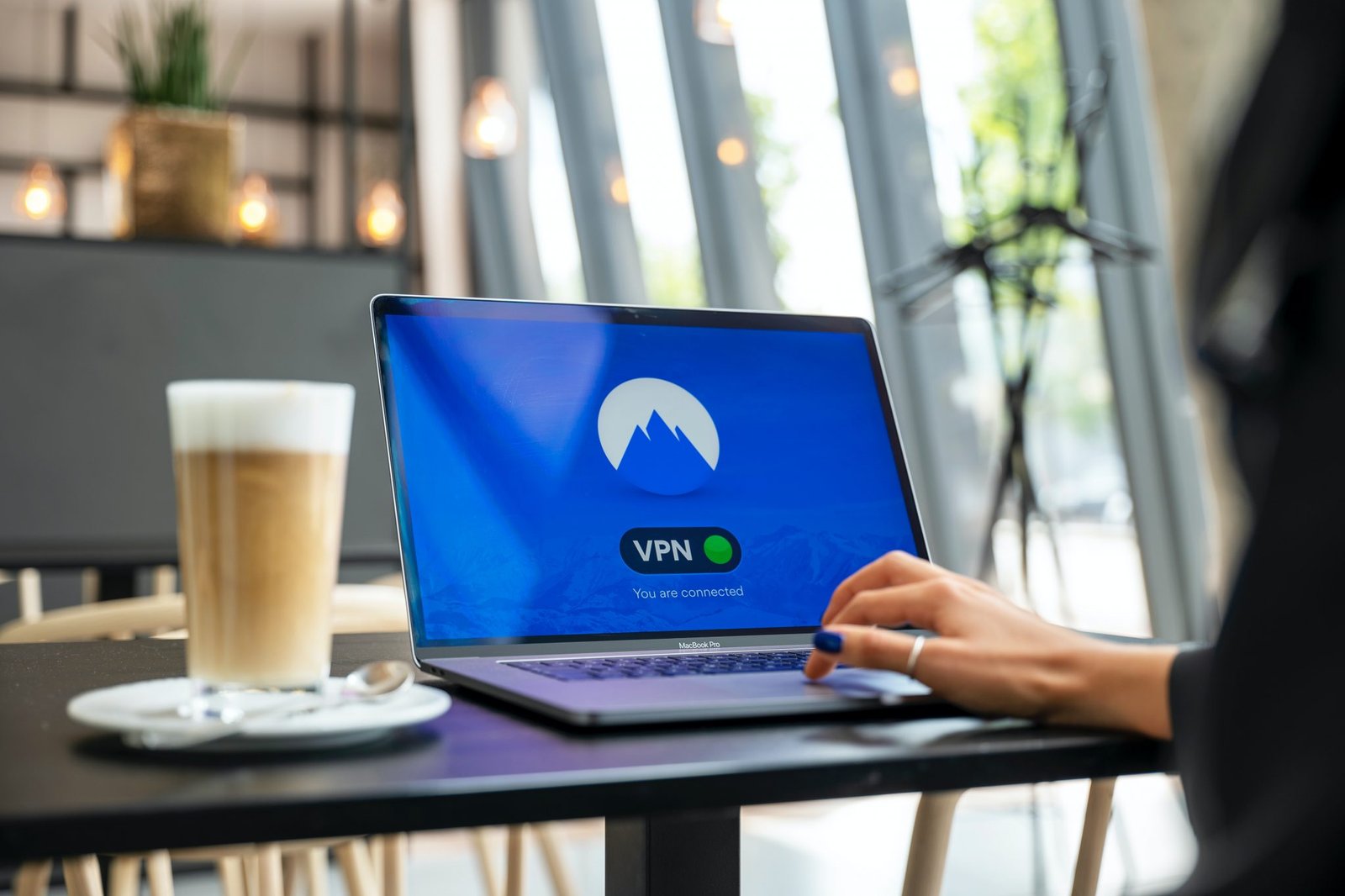
Here’s How To Setup Up A VPN On Your Router
VPNs are some of the best inventions technology has gifted us with, right after the internet.
After all, we wouldn’t need VPNs if the internet had remained safe and openly accessible for all to use.

VPNs give us the peace of mind that comes with knowing that our data and online activities are encrypted and secure. They also do us a great favor in enabling us to access the sites we can’t due to geographic restrictions placed by the governments. However, opening the VPN client and signing in every time you use a different device is often quite a hassle. That’s where setting a VPN on the router walks in to save the day. Here’s how you can do that.
Choosing the Router
First of all, it’s important to understand that not all routers are VPN compatible. To be more accurate, some VPNs are readily compatible with the VPN client, while others are only compatible with the VPN server. For VPN server compatible routers, you’ll have to turn it into a VPN server of your own. By doing so, you’ll maintain the security of your online activity across the different devices in your home. Meanwhile, VPN client compatible routers can be easily activated by setting up the VPN client on your router and enjoy a secure online connection right away.
How to Setup a VPN-Compatible Router
The easier course of action is to get a VPN client compatible router and set it up. NordVPN compatible routers will allow you to install on the router, after which all devices connected to the router access the internet through NordVPN automatically. These routers include Linksys and Netgear, although the recommended routers by NordVPN are those designed for home purposes.

To install the VPN client, you’ll first open the router’s configuration panel. Next, you’ll follow the VPN client’s guidelines in setting up the VPN, since every VPN client has its own setup process. Once done, check to see if you’re connected to the internet, and call your carrier’s customer support if you’re disconnected.
How To Prepare Your Route for VPN Setup
Setting up a VPN server compatible router is a tad more difficult. You’ll first need to get a firmware for your router and download the bin files to your router. Afterward, you’ll access your router and search for the firmware install page. Upload the DD-WRT bin file you’ve previously downloaded, set a new username and password, and then you should be ready to configure the VPN of your choice. To do that, you need to ensure an active internet connection first, then prepare for the installation process. You’ll open the VPN tab, found under Services, and turn on the VPN by pressing “Enable” next to “Start Open VPN Client”. Now, you can set up a VPN client on your router using the previous steps.

While using a VPN on your devices comes in handy in multiple situations, installing a VPN client on your router will save you a lot of headaches. You won’t have to worry about the security of each device as you connect to the internet, since the router acts as a central VPN unit. You’ll need to choose a VPN client compatible router for easy setup, but you can still hack your way around server-only compatible routers.








